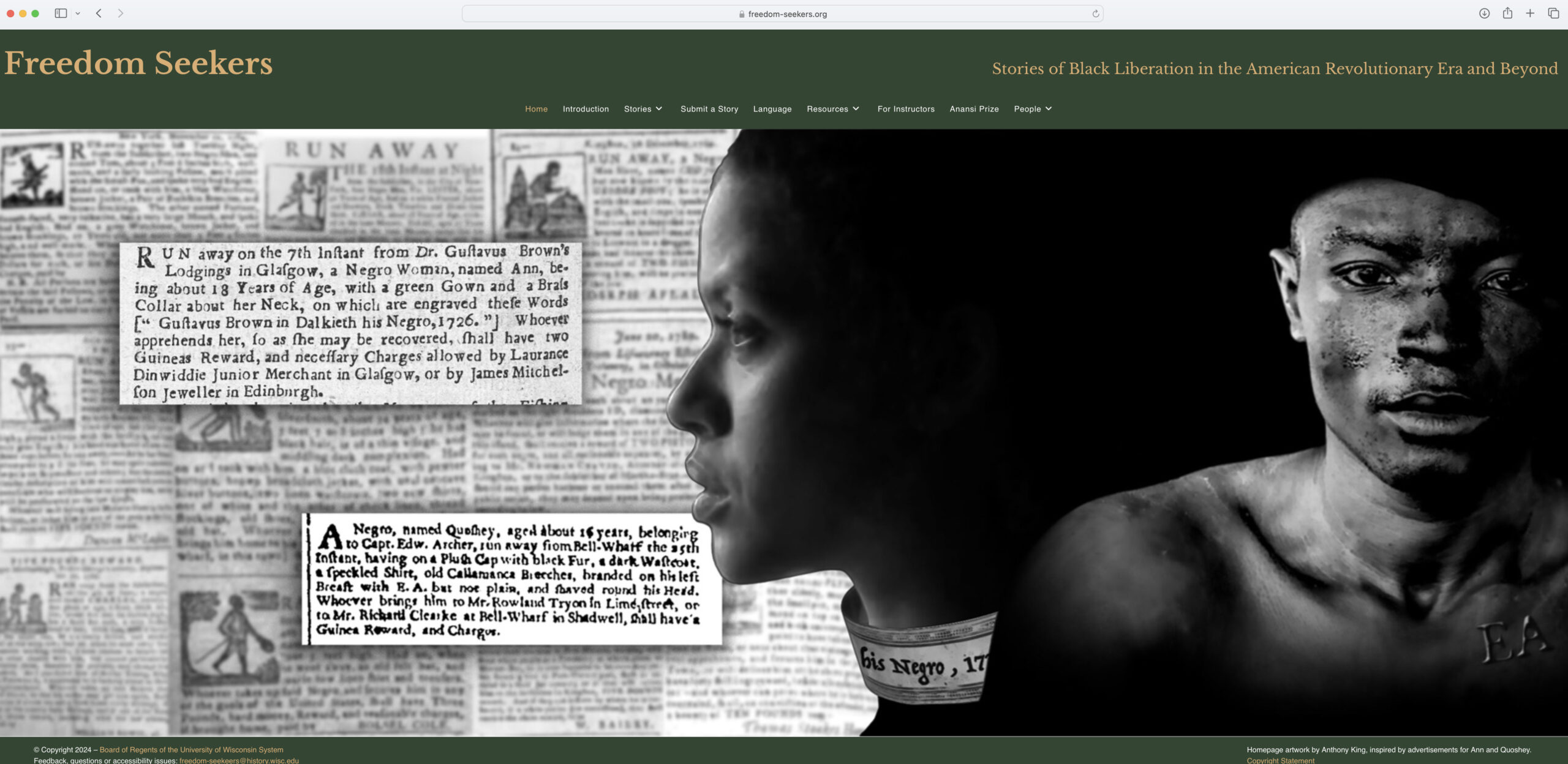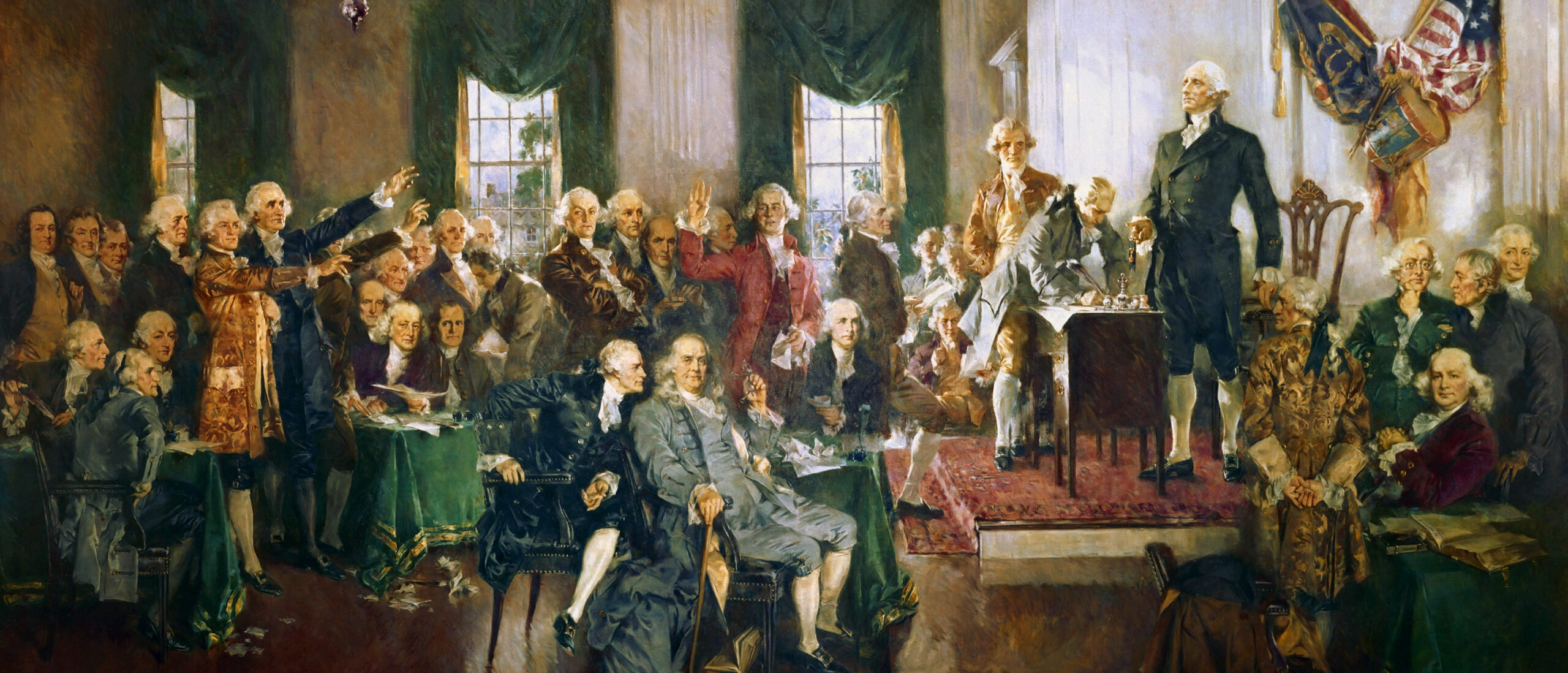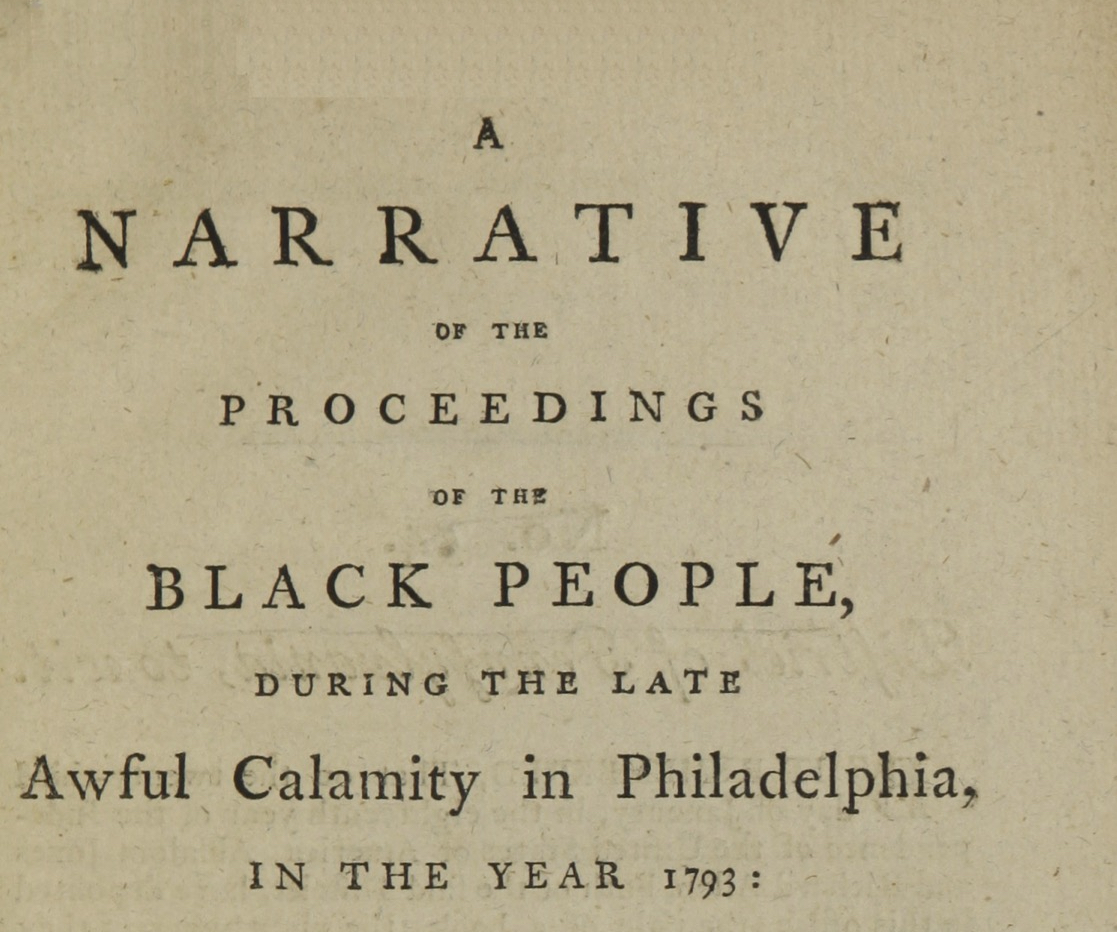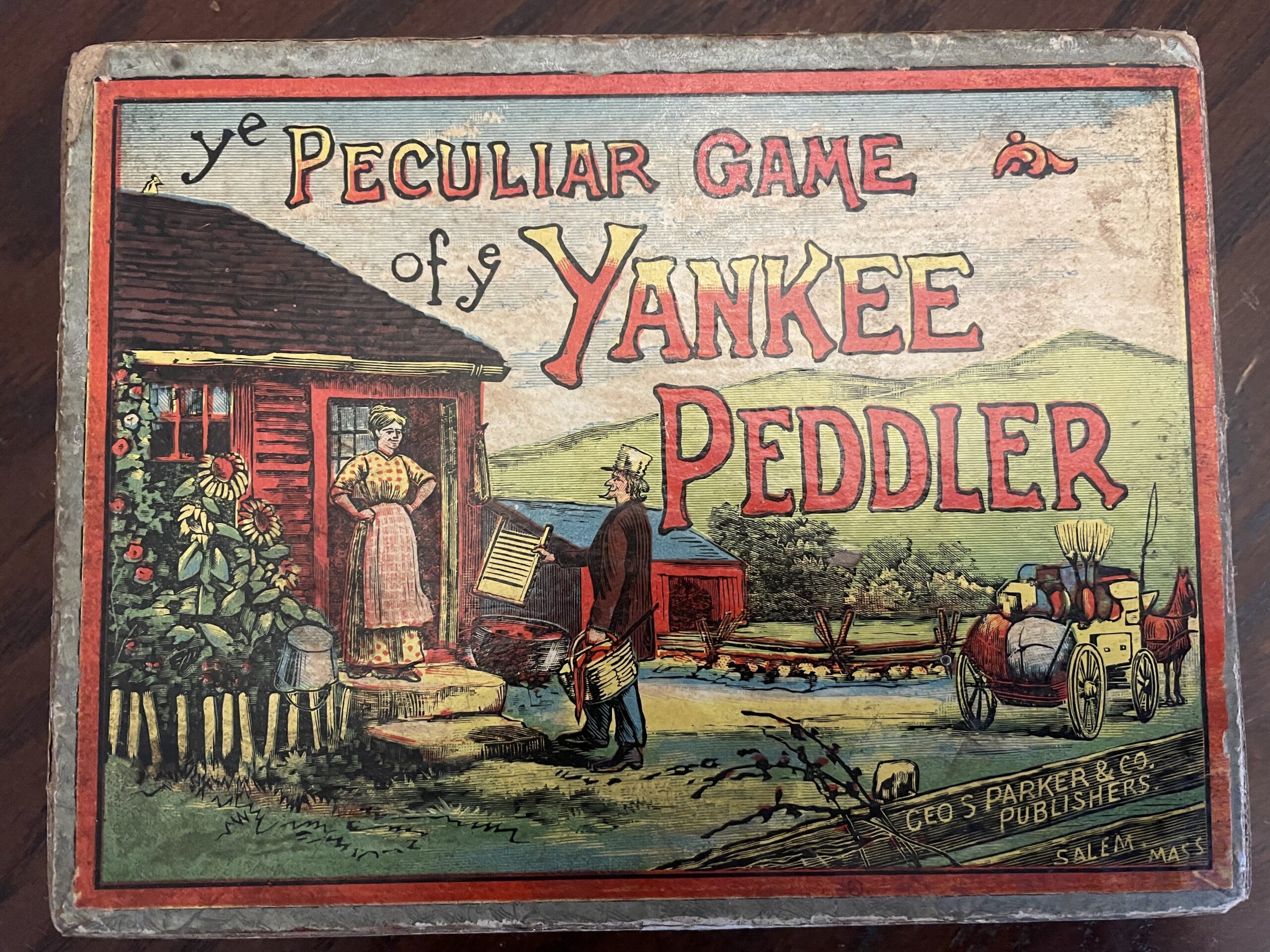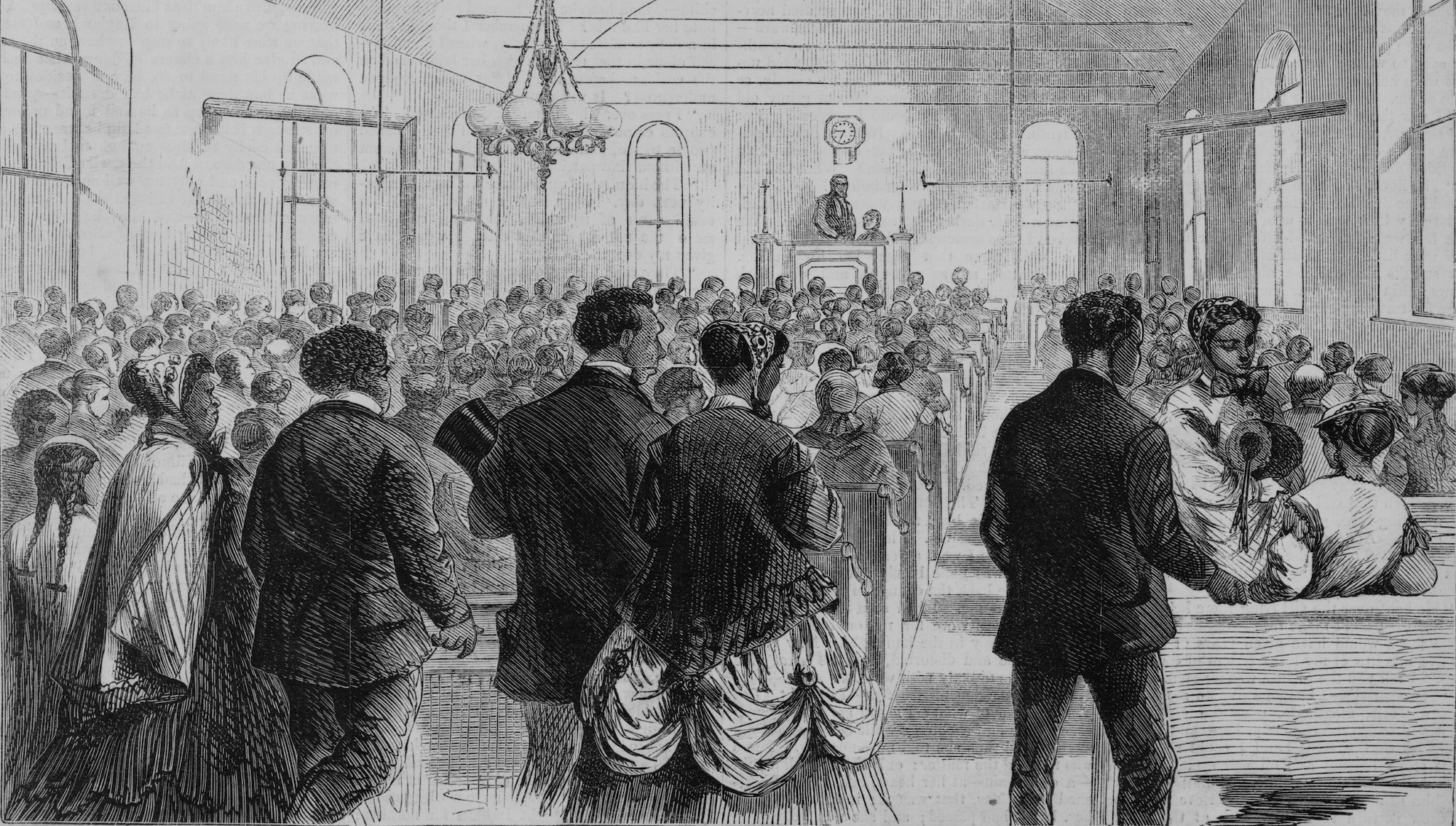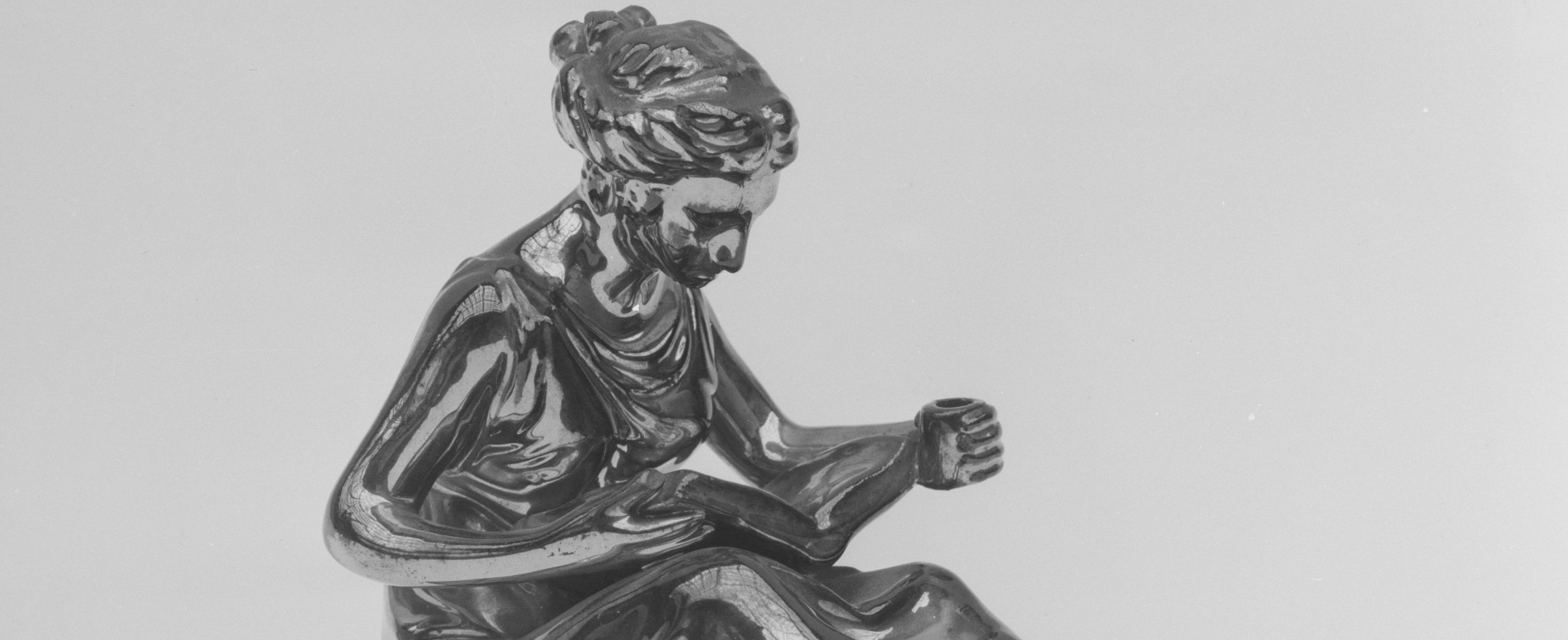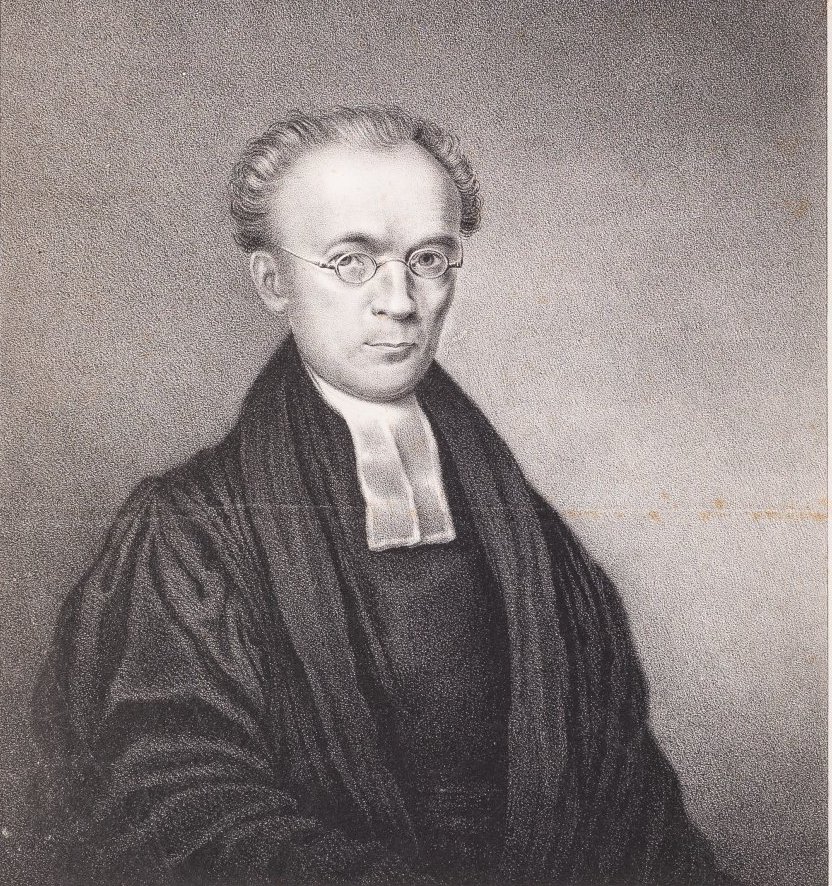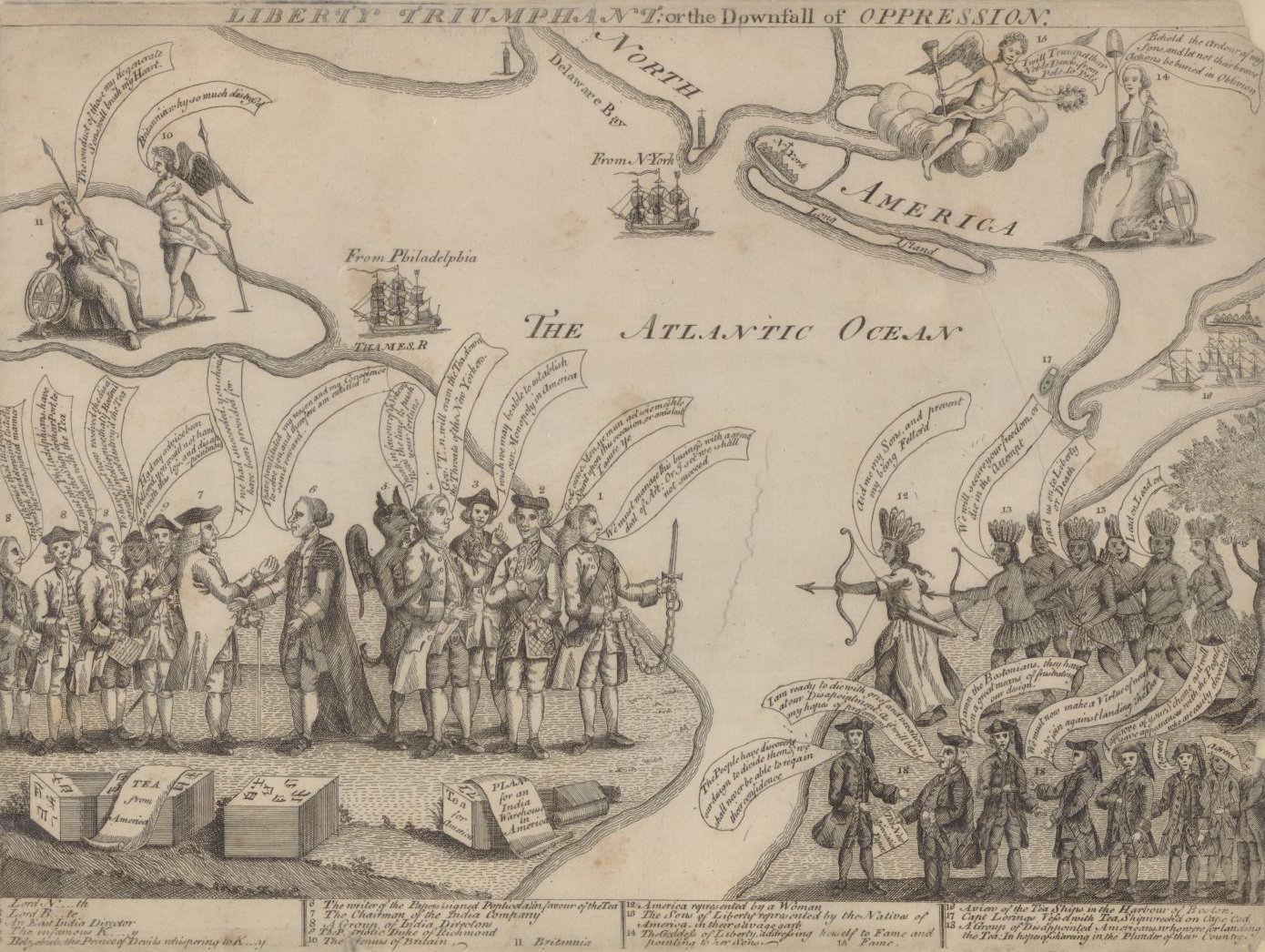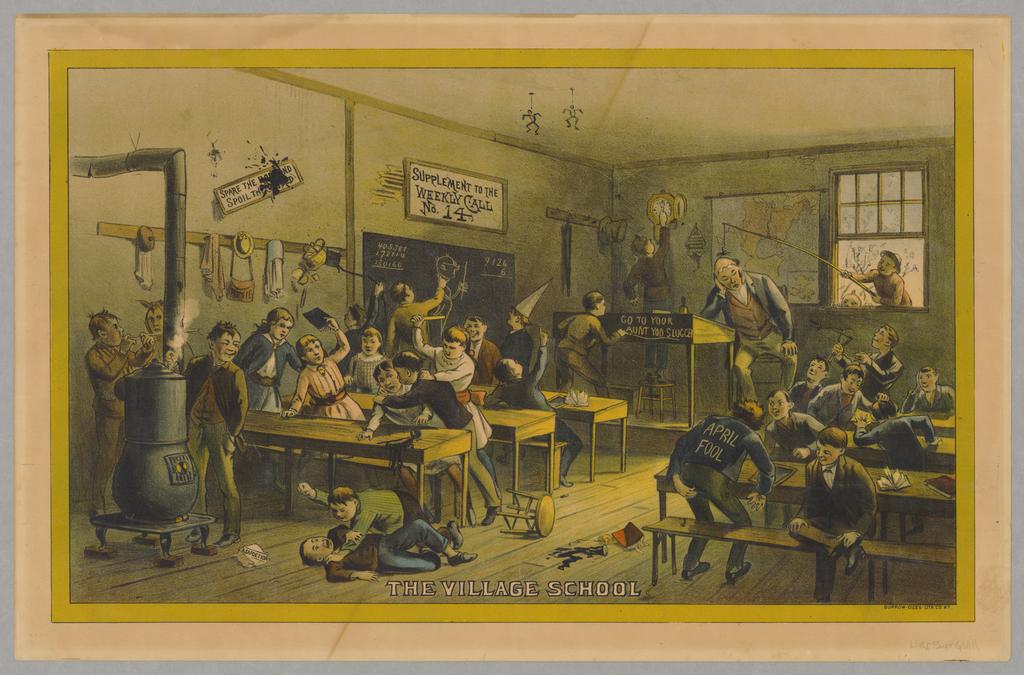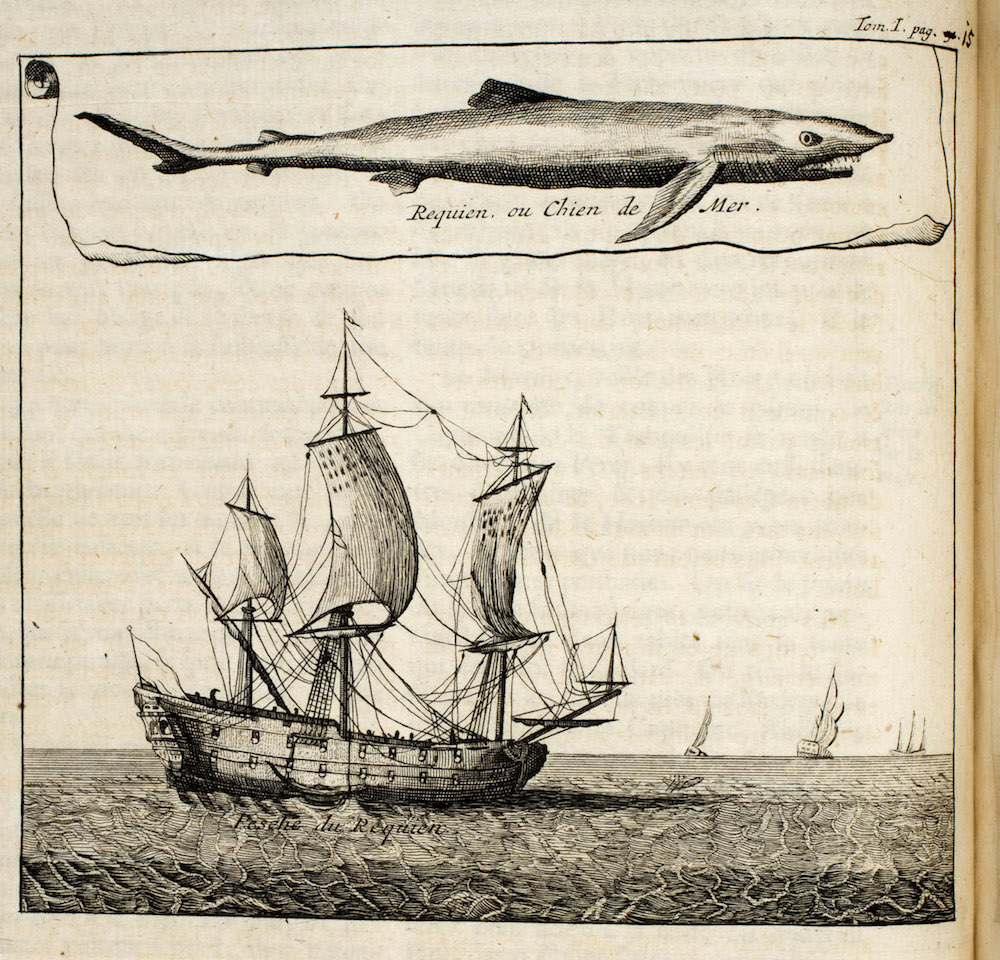In future years, I hope to heighten the human interest of the course by introducing a biographical writing assignment that will require each student to get closely acquainted with one individual who lived somewhere in the Atlantic world sometime between the mid-fifteenth and the mid-eighteenth century. But I already know that most of these life stories are likely to develop as stories of bafflement, frustration, tragedy, or at best, resilient response to the unexpected—the sheer scale of the Atlantic world and of the environmental, cultural, linguistic, and religious differences that its inhabitants encountered seem often to have defeated individual plans. The individuals who figure in Atlantic world courses tend to play a different role from, for example, the politicians, tycoons, and social reformers who figure in U.S. history survey courses—the former tend to represent particular cultures, social groups, or experiences, while the latter appear as agents of historical change.
If formal governments and pivotal individuals loom small in Atlantic world history, nature looms large. The land is a character in the history of any region of the world, but it is particularly prominent in the history of the Atlantic world, where early European travelers were both entranced and terrified by the natural environment of the Americas, and later Atlantic peoples, European, African, and Native American, found their lives transformed by a monumental exchange of plants, animals, and diseases. Studying Atlantic world history is a wonderful—if initially disorienting—opportunity for students to learn what environmental history is, with the Columbian Exchange being the conventional entry point. This is doubly important in U.S. schools and universities because U.S. schools tend to devote relatively little time to geography, and students consequently lack the habit of thinking geographically.
With neither powerful governments nor pivotal individuals to drive the story forward, and with nature a powerful presence, Atlantic world history tends to unfold in a rambling, non-linear fashion that is as much thematic or regional as chronological. In my course, I teach the same century and a half (roughly 1550-1700) over and over again, first from an environmental perspective, then from a Spanish perspective, then Portuguese, then French, then Dutch and English, then from the perspective of the slave trade and the emergence of African-American culture. We move around more in space and in culture than in time, examining the same problems repeatedly in different settings and from different angles.
The inherently comparative nature of Atlantic world history makes particular demands of both teachers and students. Some students find they have to rethink how to take notes or how to study for tests in a course in which comparison is the dominant mode of analysis. For my part, I’ve had to rethink how to structure discussion and assessments. In class, I often point out a basic problem—securing a labor force, for example, or recruiting settlers—and ask students to identify the range of options for addressing it and to discuss which strategies were employed when, where, by whom, and why. A type of question I’ve found useful on assessments is to ask students to evaluate how someone told a story—in a primary source, in a textbook, or in a film—and if possible to complicate the story with additional context or other participants’ perspectives. Sometimes I ask students to imagine how a historian they have studied would endorse or critique a particular version of events. Historians are still at an early stage of writing Atlantic world history, and students are often critical of the narratives they read. Trying to imagine how to complicate, sharpen, or bring order to these narratives can nudge them into an understanding of the choices historians have to make and the difficulties they face in constructing accounts of the Atlantic world.
A unexpected bonus of teaching Atlantic world history is that it has led me to think more deeply about how students, and presumably the public, think history works. In many respects, the history of the Atlantic world from the fifteenth century forward is a good match for students’ expectations of what world history is like. It is complex, competitive, commercial, emphatically cross-cultural, violent, improvisational, and creative. On the other hand, the aspects of Atlantic world history that take students by surprise present valuable opportunities to enrich their understanding of historical change. History is often messy; many of the things that happen are not the products of deliberate political actions or well-considered ideas. Human beings aren’t the only actors; nature, whether in the form of stormy oceans, rich or rocky soil, or infectious diseases, matters a lot. To discover that great men don’t always shape their times, that governments struggle to implement policies across great distances and against the popular will, that nature lashes out and fights back, can even be comforting to a student of history. Certainly, I often find myself glad to be teaching a course in which I can challenge students to consider the limits of individual decision-making and of human beings’ ability to dominate nature.
Acknowledgments:
I would like to thank all six of my Atlantic World classes, particularly the 2012-2013 class, for their thoughtful comments on the syllabus and the structure of the course.
Further Reading:
Two good starting points for those designing Atlantic world history courses are Bernard Bailyn, Atlantic History: Concept and Contours (Cambridge, Mass., 2005) and Karen Kupperman, The Atlantic in World History (New York, 2012). Christine Daniels and Michael V. Kennedy, eds., Negotiated Empires: Centers and Peripheries in the Americas, 1500-1820 (New York, 2002) is a collection of essays I have found useful in teaching; this collection includes Jack P. Greene’s essay “Transatlantic Colonization and the Redefinition of Empire in the Early Modern Era: the British-American Experience.” Jack P. Greene and Philip D. Morgan, eds., Atlantic History: A Critical Appraisal (New York, 2009) is another, more recent collection of essays. John H. Elliott, Empires of the Atlantic World: Britain and Spain in America, 1492-1830 (New Haven, 2006) is a provocative work comparing two of the great Atlantic empires.
Recent textbooks on the Atlantic world include Douglas R. Egerton, et al., The Atlantic World: A History, 1400-1888 (Wheeling, Ill., 2007), Thomas Benjamin, The Atlantic World: Europeans, Africans, Indians, and Their Shared History, 1400-1900 (New York, 2009), and John K. Thornton, A Cultural History of the Atlantic World, 1250-1820 (Cambridge, 2012). In lieu of a single textbook, I often assign Alan Taylor, American Colonies (New York, 2001) and Mark A. Burkholder and Lyman L. Johnson, Colonial Latin America (6th ed., New York, 2008). On slavery, I usually assign John K. Thornton, Africa and Africans in the Making of the Atlantic World, 1400-1800 (New York, 1998); Ira Berlin, Many Thousands Gone: The First Two Centuries of Slavery in North America (Cambridge, Mass., 1998) is another illuminating, and very different, work on the development of African-American culture.
Terrie Epstein discusses students’ propensity to attribute historical change to pivotal individuals in “Preparing History Teachers to Develop Young People’s Historical Thinking,”Perspectives on History (May 2012): 36-39. Camilla Townsend analyzes the mythology as well as the life of Pocahontas in Pocahontas and the Powhatan Dilemma (New York, 2004).
The seminal work on the environmental history of colonial North America is William Cronon, Changes in the Land: Indians, Colonists, and the Ecology of New England (New York, 1983). Shawn William Miller, Environmental History of Latin America (New York, 2007) is an excellent recent work that can also serve to introduce students to environmental history as a mode of inquiry. Alfred Crosby, The Columbian Exchange: Biological and Cultural Consequences of 1492 (30thanniversary edition, Westport, Conn., 2003) remains a classic.
This article originally appeared in issue 13.4 (Summer, 2013).






